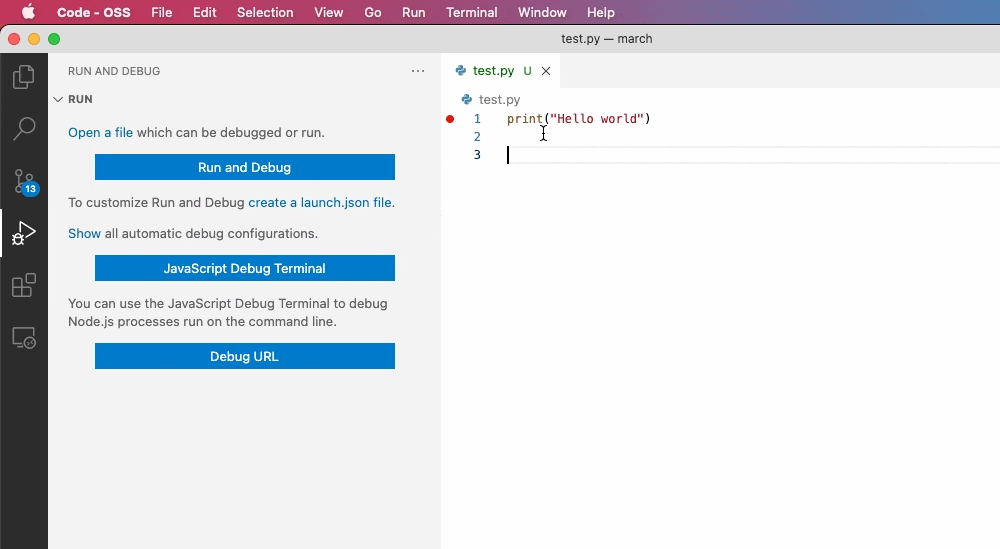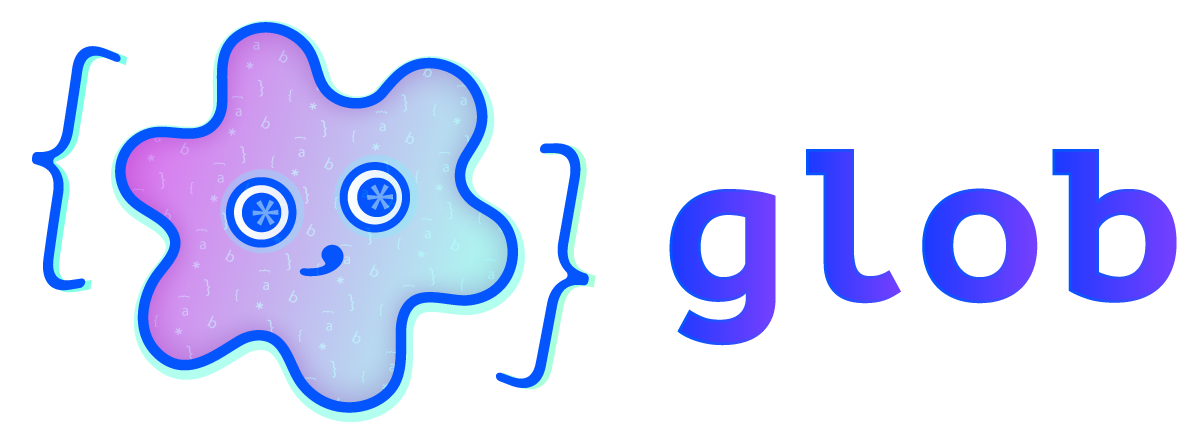- Install Glob For Python In Mac Download
- Install Glob For Python In Macbook
- Install Glob For Python In Mac Free
- Install Glob For Python In Mac Catalina
macOS installs Python 2 (outdated) by default, for compatibility reasons, making it available as /usr/bin/python.
If you install Xcode, the Apple Development IDE, it installs Python 3 in /usr/bin/python3. In this case you can run python3 on your terminal to check the exact version installed, and if it’s recent enough you might be already set up.
Check the current directory for Python script files The below code checks for.py files in the current dir only. import glob for py in glob.glob ('.py'). Copyfile1.py copyfile2.py decimalsample.py Another sample code – It checks for.py files in current dir and subdirectories. 'Package manager' is a generic name for software to install, upgrade, and uninstall applications. Commands like dnf or apt on Linux, or pkgadd on BSD, or even pip on Python and luarocks on Lua, make it trivial for users to add new applications to their system. Once you've tried it, you're likely to find it hard to live without, and it's a convenience every operating system ought to include. Python Software Foundation 20th Year. Version of the glob module that can capture patterns and supports recursive wildcards. Learn more about installing. Installing Packages¶. This section covers the basics of how to install Python packages. It’s important to note that the term “package” in this context is being used to describe a bundle of software to be installed (i.e. As a synonym for a distribution). Python Releases for Mac OS X. Latest Python 3 Release - Python 3.9.5; Latest Python 2 Release - Python 2.7.18; Stable Releases. Python 3.9.5 - May 3, 2021.
Python 3 is the one we’re going to use for modern Python development.
However you have little control over the version number you run, as Apple updates it only with new Xcode releases.
In my case I had Python 3.8, but Python 3.9 was available to be installed.
One option is to use Homebrew to install the latest Python release.
Another option is to use the official Python packages and that’s the approach we’ll follow.
Go to https://www.python.org, choose the Downloads menu, hover “Mac OS X” and a panel with a link to download the official package will appear:
Click that, and run the installer:
Click “Continue”:
Then click “Continue” again. A new panel will appear with an interesting recap on the history of Python and its governance:
Python was created in the early 1990s by Guido van Rossum at Stichting Mathematisch Centrum (CWI, see http://www.cwi.nl) in the Netherlands as a successor of a language called ABC. Guido remains Python’s principal author, although it includes many contributions from others.
In 1995, Guido continued his work on Python at the Corporation for National Research Initiatives (CNRI, see http://www.cnri.reston.va.us) in Reston, Virginia where he released several versions of the software.

Install Glob For Python In Mac Download
In May 2000, Guido and the Python core development team moved to BeOpen.com to form the BeOpen PythonLabs team. In October of the same year, the PythonLabs team moved to Digital Creations (now Zope Corporation, see http://www.zope.org). In 2001, the Python Software Foundation (PSF, see http://www.python.org/psf/) was formed, a non-profit organization created specifically to own Python-related Intellectual Property. Zope Corporation is a sponsoring member of the PSF.
Then you can read the Python license. Python is open source, and released with the Python Software Foundation License Version 2.
This license is GPL-compatible, which means you can combine Python with software that is GPL, Python itself is not GPL. The GPL license has some problems related to the fact that all software derived from GPL software must be released as GPL as well, and the source code of the software must be distributed to anyone that wants access to it.
That’s not the case for your Python programs. You can release the source if you want, but it’s not required.
Agree to the license:
And move to the installation phase:
When it’s finally installed, Python is installed as /usr/bin/python3
If you have Xcode installed, this will overwrite the old version that Xcode installed.
Running python3 in the macOS terminal opens the Python 3.9 interpreter we just installed:

You will now also find a new folder under “/Applications/Python 3.9” (change that with your exact version number), with some files:
As the instructions said in the last installation panel, you need to run the “Install Certificates.command” to install the SSL certificates needed by Python.
This is because Python includes its own private copy of OpenSSL 1.1.1, and we need to install a curated bundle of default root certificates from the third-party certifi package.
Certifi provides Mozilla’s carefully curated collection of Root Certificates for validating the trustworthiness of SSL certificates while verifying the identity of TLS hosts
Double-click on Install Certificates to run it, and it will to its job quickly:
The other files contained in that folder are IDLE, an application that opens the Python interpreter in its own window:

Then we have a link to the official documentation, the license, and Python Launcher, an utility that lets you to locate and manage different Python versions installed on the system, and instruct scripts to use a specific version.
Remember to not be confused by having the python command on your system that points to the old Python 2. It might be a source of problems.
I recommend having a shell alias to execute python3 each time you run python.
With the Fish shell, you can run:
directly in the terminal.
Also, make sure the pip binaries are in your shell path, to run them easily:
Install Glob For Python In Macbook
(change 3.9 with your current version)
With Zsh, you need to add the alias to the .zshrc file in your home folder:
With Bash, you need to add the alias to the .bashrc file in your home folder:
Install Glob For Python In Mac Free
Now you can run python and it will point to the Python 3 version you just installed.
I found that the easiest way to run pip (the Python package manager) is to use python -m pip <COMMAND> rather than pip <COMMAND>, for example:
Install Glob For Python In Mac Catalina
And you should always use a virtual environment with venv when doing so.